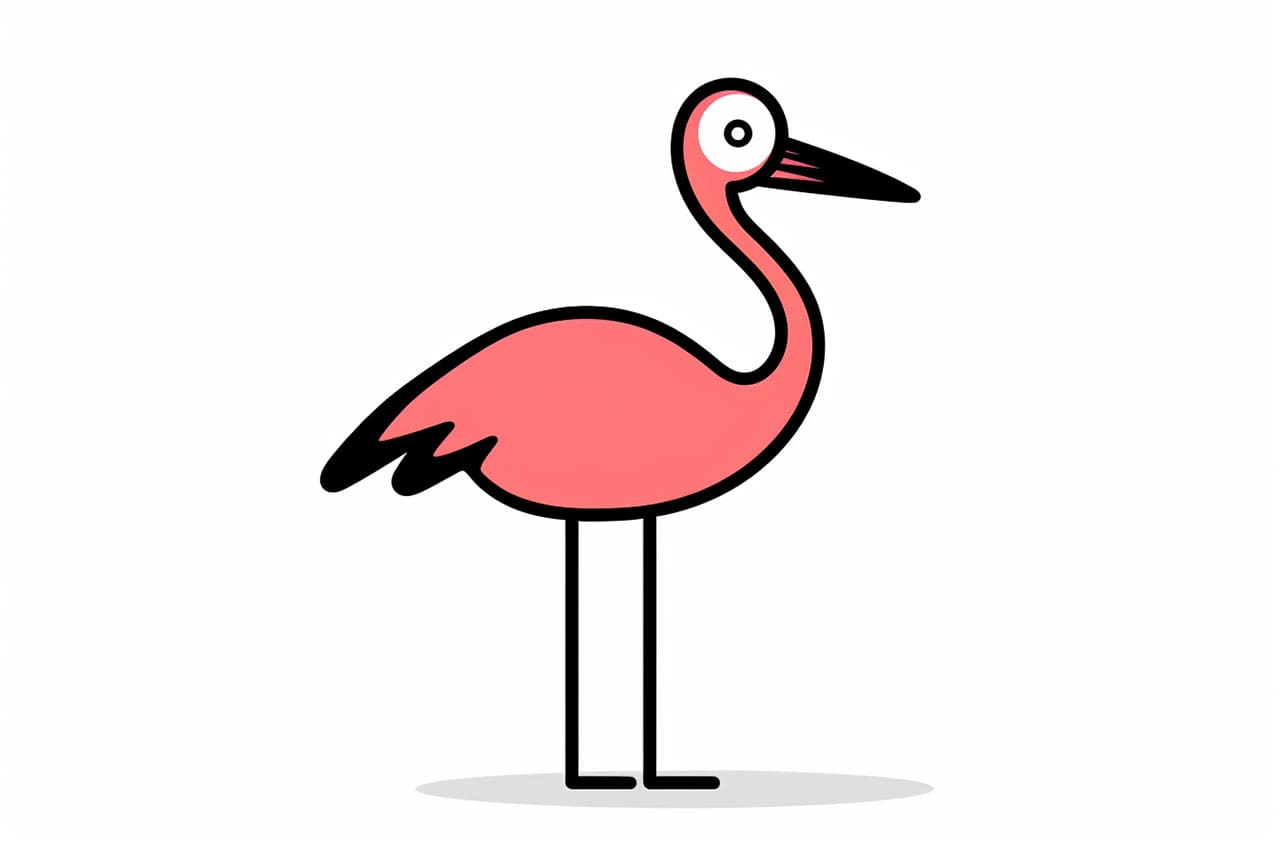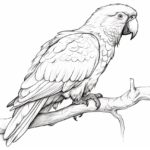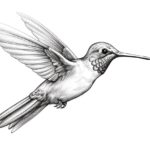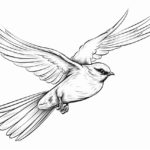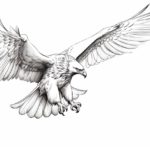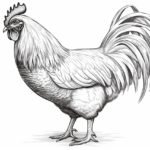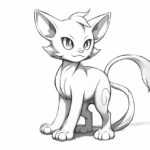Welcome to this step-by-step tutorial on how to draw a flamingo. Flamingos are beautiful and unique birds known for their vibrant pink feathers and long, slender legs. With a few simple techniques and careful observation, you will learn how to capture the elegance and grace of these fascinating creatures on paper. So, grab your pencil and let’s get started!
Materials Required
Before we begin, make sure you have the following materials at hand:
- Drawing paper or sketchbook
- Pencils (preferably graphite pencils of varying hardness)
- Eraser
- Sharpener
- Fine-tip black pen or marker (optional)
- Colored pencils or markers (optional)
Now that you have everything ready, let’s dive into the step-by-step process of drawing a flamingo.
Step 1: Basic Shapes
Start by drawing a large oval shape for the body of the flamingo, slightly tilted at an angle. This oval will serve as a foundation for the body structure.
Next, draw a long, curved line extending from the bottom of the oval to represent the neck. At the end of this line, draw a smaller oval shape for the head. Finally, sketch a small oval or circle for the eye on the side of the head, facing forward.
Step 2: Beak and Eye
Flamingos are known for their distinctive long, curved beaks. To draw the beak, start by extending a slightly curved line from the bottom of the head. Then, add a smaller curved line that meets the first line to form the shape of the beak.
Once the beak is complete, add some details to the eye. Draw a small circle inside the eye and shade it to represent the pupil. Leave a small area unshaded to create a highlight, giving the eye a more realistic appearance.
Step 3: Wings and Leg
To draw the wings, start by extending a curved line from the upper part of the body oval towards the back. Then, draw a few curved lines within this shape to indicate the feathers on the wings. Remember to keep the lines soft and flowing to maintain the graceful look.
Next, draw a long, slender leg extending from the bottom of the body oval, bending slightly as it reaches the ground. Pay attention to the proportions, as flamingos have long legs compared to their body size. Add some curved lines to represent the toes at the end of the leg.
Step 4: Feathers and Body Details
Now, let’s add some details to the body and feathers of the flamingo. Start by sketching a few curved lines on the neck and body to represent the feathers. Flamingo feathers are soft and fluffy, so make the lines gentle and wavy.
Next, draw a line from the beak down the neck, curving it slightly towards the back. This line represents the division between the pink and white feathers on the flamingo’s face.
Step 5: Coloring and Shading
To achieve a realistic look, it’s time to add some color and shading. Flamingos are famously known for their pink feathers, so use your colored pencils or markers to fill in the body, wings, and head with a soft pink hue. Leave the beak and legs white, as they are usually lighter in color.
Once you’ve added the base color, use a darker shade of pink to add some shading to the body and wings. Start by lightly applying the darker color along the underside of the body and the bottom edges of the wings, gradually building up the intensity. Then, use a blending tool or a cotton swab to blend the colors smoothly.
Step 6: Final Touches
Lastly, it’s time to refine and add any additional details to your drawing. Use a fine-tip black pen or marker to trace over the pencil lines, emphasizing the outline and important features of the flamingo. Be careful and steady with your lines, ensuring they are clean and precise.
If you prefer working in pencil, you can achieve a similar effect by carefully darkening the desired lines and erasing any unwanted pencil marks.
Conclusion
Congratulations on completing this step-by-step tutorial on how to draw a flamingo. By following these simple instructions and practicing regularly, you’ll soon be able to capture the grace and beauty of these fascinating birds in your drawings.
Remember to be patient with yourself and observe the intricate details of the subject. With time and practice, your skills as an artist will continue to grow and flourish. So, keep on drawing and let your creativity soar!

